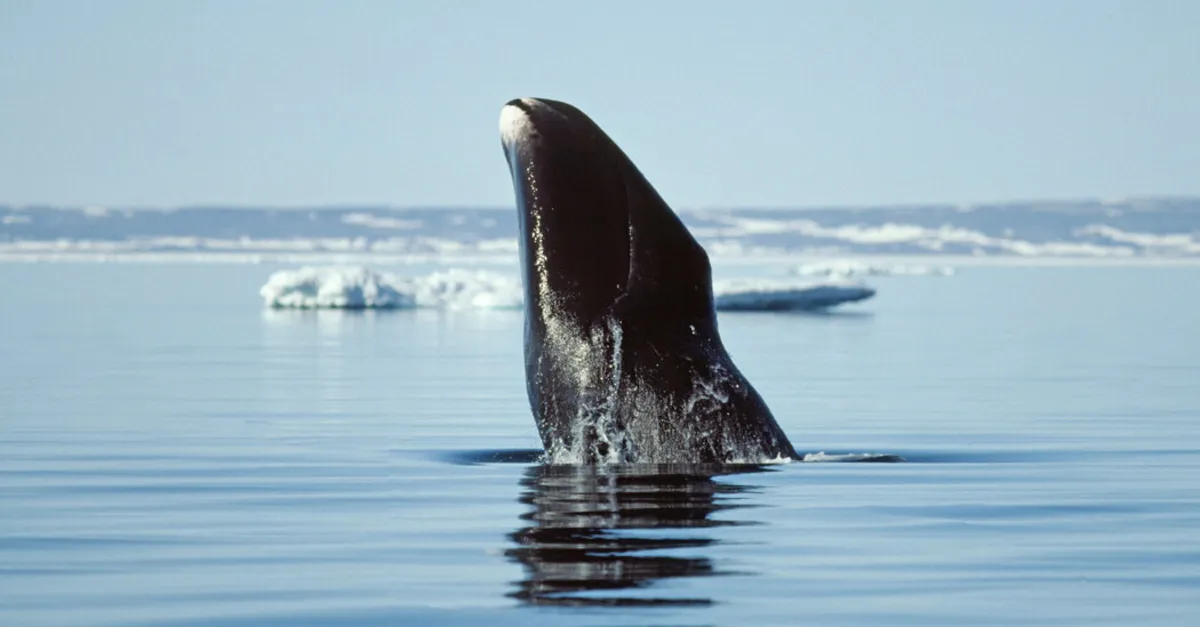
For over 1,000 years, the Inupiat people of Alaska have engaged in the traditional practice of hunting bowhead whales in the frigid waters of the Arctic Ocean. Throughout the centuries, these indigenous hunters have developed a profound appreciation for the remarkable lifespan of bowhead whales, which are recognized as the longest-living mammals on Earth. Generations of Inupiat hunters have shared stories of their ability to identify individual whales at sea, highlighting the deep connection between the species and their culture.
Inupiat captains have long stated that a bowhead whale can live for two human lifetimes. However, recent scientific investigations suggest that these majestic creatures may live even longer. Discoveries made from bowhead whales caught in the late 1900s revealed that some had ancient harpoon points embedded in their blubber, dating back to the mid-1800s. By studying the molecular damage accumulated in the eyes, ears, and reproductive cells of these whales, researchers estimate that bowhead whales could live for an astonishing 268 years.
A groundbreaking study published in the journal Nature sheds light on the biological mechanisms that contribute to the extraordinary longevity of bowhead whales. Led by researchers Vera Gorbunova and Andrei Seluanov, a husband-and-wife team at the University of Rochester, the study focuses on the molecular adaptations that enable long-lived mammals, including not only bowhead whales but also bats, beavers, and naked mole rats, to extend their lifespans.
Their research indicates that the longevity of these species is linked to significant increases in certain proteins and subtle changes in how these proteins interact with one another. Dr. Seluanov noted, “We’re not talking about new genes,” suggesting that existing biological systems could be fine-tuned to enhance longevity.
This exciting finding opens up the possibility that similar biological adaptations could be replicated in humans, potentially extending our own healthy lifespans. Dr. Seluanov emphasized the potential for humans to “just tweak our system a little bit to resemble what we’ve found in naked mole rats or bowhead whales.” This research not only highlights the unique biology of bowhead whales but also underscores the importance of studying these long-lived mammals for insights into aging and longevity.
Dr. Gorbunova and Dr. Seluanov's fascination with bowhead whales extends beyond their impressive longevity; their immense size also contributes to their allure. Weighing more than 88 tons, a bowhead whale is roughly equivalent to the weight of three garbage trucks. As research continues to unveil the secrets of these remarkable creatures, we gain deeper insights into the biological factors that contribute to longevity and the potential applications for human health and aging.